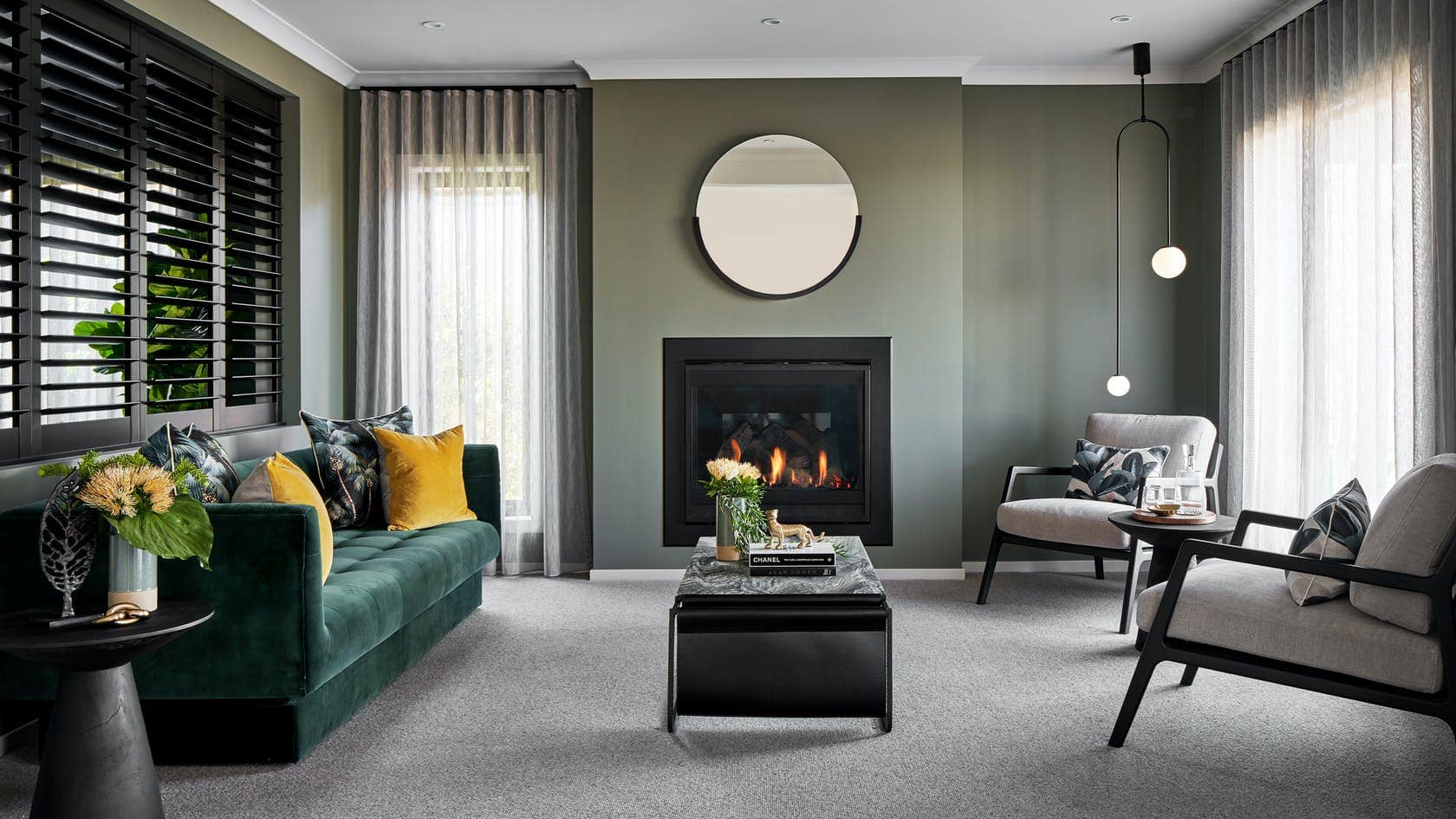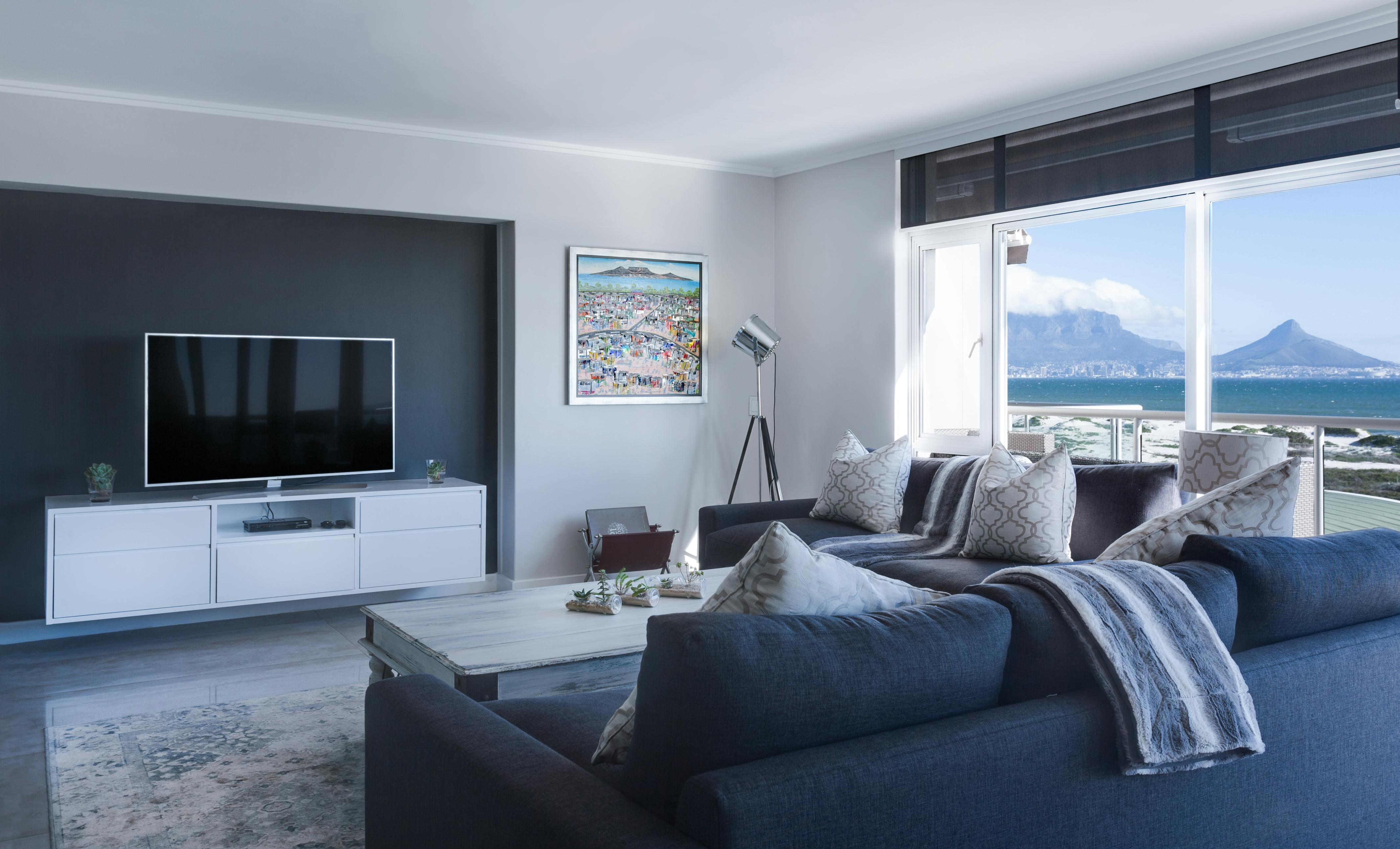
Living room are more than just spaces in a house; they are the heart of any home. They are where families gather to share stories, entertain guests, and unwind after a long day. A well-designed living room not only reflects the personalities of its occupants but also enhances comfort and functionality. Whether you’re planning a complete overhaul or a simple refresh, this comprehensive guide will help you create a living room that’s both stylish and inviting.
1. Understanding Your Space
Before diving into the aesthetics, it’s crucial to assess the functional aspects of your living room. Consider factors such as the size of the room, the amount of natural light it receives, and how it’s used. Is your living room a casual space where your family spends a lot of time, or is it more formal, used mainly for entertaining guests? Answering these questions will help tailor your design choices to suit your lifestyle.
2. Choosing a Color Scheme
The colors you choose for your living room can significantly affect how the space feels. Soft, neutral tones like beige, gray, and whites are versatile and can help make a small room feel larger and more airy. For a more dramatic feel, consider bold colors like navy blue, forest green, or even rich terracotta. These colors can add depth and warmth to a larger space.

When selecting a palette, consider the mood you want to set. Warm colors create a cozy and inviting atmosphere, while cool colors impart a calm and serene vibe.
3. Selecting the Right Furniture
Selecting the right furniture is pivotal in balancing comfort with aesthetics. Opt for pieces that complement the size of your room—oversized sofas can overwhelm a small room, while too-small pieces can look lost in a spacious area.
Functionality should be your guiding principle. Choose a comfortable, well-scaled sofa as a centerpiece and add chairs or a loveseat to accommodate more guests. Consider incorporating multifunctional furniture like ottomans that can serve as both seating and storage solutions.
4. Flooring Options
Flooring can change the entire look and feel of your living room. Hardwood floors bring warmth and elegance and work well in both traditional and modern settings. If you prefer something softer underfoot, consider wall-to-wall carpeting, which adds a layer of comfort and sound insulation.
Area rugs can define seating areas within a larger room and add color and texture to the space. Choose a rug that complements the overall decor but also stands up to heavy foot traffic.
5. Lighting Your Space
Good lighting is essential for creating the right ambiance in your living room. Utilize a mix of lighting sources—overhead, accent, and task lighting—to cover all your bases. An elegant chandelier or a modern pendant can serve as a focal point, while table lamps and floor lamps can add warmth to corners and provide light for reading or other activities.
During the day, make the most of natural light by keeping windows unobstructed. Sheer curtains can add a soft touch without diminishing sunlight.
6. Adding Personal Touches
Personalizing your space is what truly transforms your living room from a standard area to something uniquely yours. Display art pieces that resonate with your aesthetic, add family photographs, or showcase collections that tell a story.
Throw pillows, blankets, and decorative objects can all be swapped out seasonally to refresh your space without a complete redesign. These elements also allow you to experiment with trends without significant commitment.
7. Technology Integration
In today’s digital age, incorporating technology elegantly into your living room is a must. Whether it’s mounting a television, setting up a sound system, or including smart home devices, plan for these elements to be integrated seamlessly into the design. Conceal wires and devices within cabinetry or behind decorative elements to maintain a clutter-free look.
8. Green Elements
Incorporating plants in your living room not only adds color and life but also improves air quality. Choose plants that thrive in the amount of natural light available and complement the room’s aesthetics. Large indoor trees can anchor a space, while smaller plants like succulents or herbs can add interest to window sills or coffee tables.
Conclusion
Designing your living room should be a fulfilling project that reflects your personal style and meets your daily needs. With thoughtful consideration of each aspect—from the floor layout and color scheme to the personal and technological touches—you can create a space that is both functional and stylish. Remember, the best living room design fosters comfort and welcomes guests with open arms and a personal touch.






